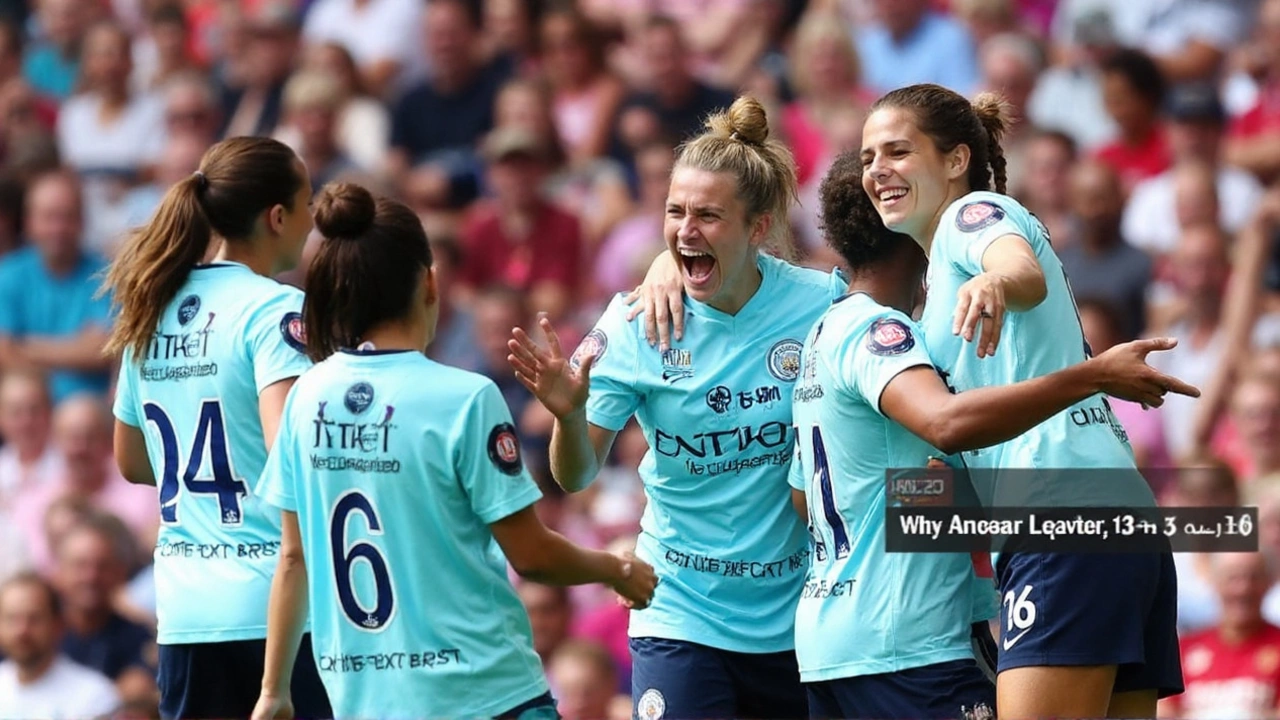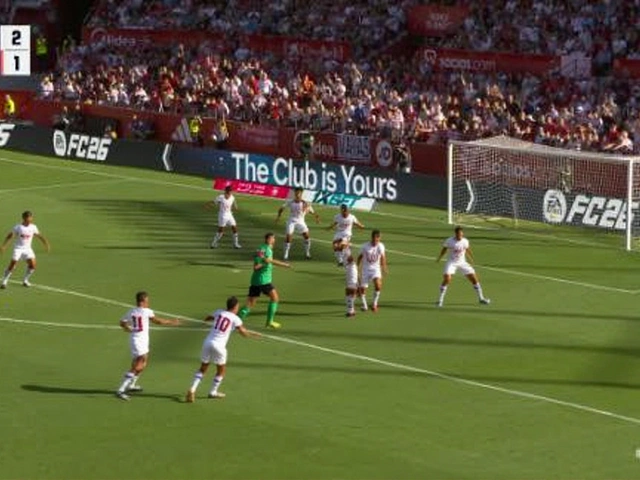
Form, mood, and what’s at stake
A debutant hosting a title contender after a 4-1 opening loss. A visitor trying to steady itself days after a European slip. That’s the frame around London City Lionesses vs Manchester United in Gameweek 2 of the 2025/26 WSL, and it makes this early-season meeting far more than routine.
London City’s first taste of the top flight came with a harsh lesson against Arsenal. They scored, showed a bit of courage, but got stretched too easily once the pace rose. New leagues punish slow reactions; Arsenal did exactly that. Now the question is whether London City can turn that sting into clarity at their home ground, where the crowd will expect a response, not just a respectable showing.
Manchester United arrive with their own bruises after a Champions League qualifying first-leg defeat to Brann. Losing midweek steals time on the training ground and tests nerves. Marc Skinner’s players know what the fix looks like: tighten transitions, own the wide areas, and turn pressure into clean chances. The domestic grind begins here for real, and the message is simple—win and move on.
There’s a milestone in the mix too. United captain Maya Le Tissier is poised for her 100th appearance if selected. She’s been the calm voice on the ball and the loudest in the back line, which matters in a game that could briefly tilt if London City land the first punch.
For the hosts, the headline is the big-money arrival of Grace Geyoro. If she debuts, she immediately changes the midfield picture. She’s a ball-winner who can slip a vertical pass before defenses reset. On a day where London City might see long spells without the ball, that trait isn’t a luxury—it’s the path to creating two or three high-value moments.
United carry more firepower. Melvine Malard has been sharp in front of goal, and the addition of Jess Park from Manchester City gives Skinner another dribbler who can break lines on her own. If Park makes her WSL debut for United here, expect her to pop up between the lines, searching for the pocket that forces a center-back to jump.”

Tactics, lineups, and key matchups
London City don’t need to be coy about the plan. Expect a compact mid-to-low block, quick counters down the channels, and a heavy dose of discipline on set pieces. They can’t afford big gaps between their defense and midfield like they had late against Arsenal. If Geyoro starts, look for a 4-2-3-1 or a 4-3-3 that morphs into a 4-5-1 without the ball, with the cue to break coming off any loose touch from United’s double pivot.
Their best route to goal? Two clear ones. First, quick diagonals into the space behind United’s full-backs when they advance—classic first-time pass, wide runner, low cut-back. Second, well-drilled corners and free kicks aimed at the near-post flick. Newly promoted sides often make a living in tight games on restarts; London City can’t waste them.
United will aim to pin the newcomers deep by dominating wide zones. Skinner typically wants the full-backs high and aggressive, with wingers rotating inside to overload the half-spaces. That puts a premium on ball security from the center-backs and No. 6—lose it centrally and the whole structure is exposed. This is where Le Tissier matters: she’s comfortable stepping forward with the ball, drawing pressure, and still finding the simple pass that keeps the team on the front foot.
Watch the first 15 minutes. If United’s press bites early and they trap London City near their box, the game can tilt fast. If the hosts ride out that spell and nick a couple of counters, nerves start creeping in for the away side after the Brann result. The tempo and territory in that opening phase will tell you a lot.
Three matchups should decide it:
- Geyoro vs United’s midfield screen: If she controls second balls and launches the first pass forward without taking a touch, London City will get clean counters. If she’s chased into sideways passes, United reset and attack again.
- United’s left side vs London City’s right-back: If Jess Park plays, that channel becomes a test of agility and timing. Park likes the inside lane; the full-back overlap drags markers; the cut-back finds Malard. Simple pattern, hard to stop.
- Set pieces both ways: United have size and timing; London City can’t afford lost runners. Flip it around, and the hosts will treat every corner like a chance to change the whole day.
Mentality is just as big as shape. Newly promoted teams often start these games safe, then realize too late they needed to be braver. A controlled press—not reckless—can bother United’s build-up if it targets the first pass out of defense. Pick your moment, jump as a unit, and make United play facing their own goal.
United, for their part, need cleaner decision-making in the final third than they showed in Europe. Shots from poor angles and forced crosses will only feed London City’s plan. The formula is patience around the box, quick one-twos, and low driven balls across the six-yard line where Malard’s movement matters.
Don’t overlook the surface and the setting. Early-season pitches at tighter grounds can compress space. That favors the team that plays faster off the first touch and wins the second ball. If the crowd turns it into a scrap, United must manage the volume and slow the game with possession phases that last, not just sterile passing at the back.
As for personnel, United may rotate lightly after midweek to keep legs fresh. That could mean an early substitution plan—an impact winger on at the hour mark, a fresh midfielder to protect a lead late. London City’s bench will likely prioritize energy and speed, especially if the game state calls for a final 20-minute surge.
History won’t help much—it’s a first league meeting in the WSL. That puts the spotlight on present form and in-game management. If United score first, they can settle and control territory. If London City strike early, this becomes a stubborn, stop-start contest where the promoted side buys time with fouls, throw-ins, and slow restarts to break rhythm.
What would a good day look like for each? For London City: fewer giveaways in Zone 14, five or more shots with two on target from transition, and no free headers conceded on corners. For United: double-digit entries into the box by halftime, at least one clear chance for Malard inside the six-yard box, and a quiet afternoon for Le Tissier dealing with balls in behind.
Prediction? United have the tools and the motivation to respond. But London City’s home crowd and the Geyoro factor raise the floor. Edge to United on talent and depth, with the caveat that a scrappy set piece or a misread press can flip it. Call it a narrow away win if the visitors stay patient; anything less than that, and the newcomers will sniff an upset.





